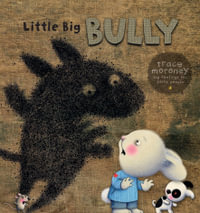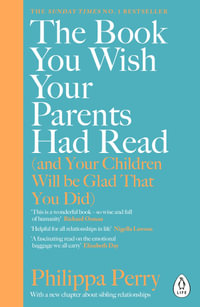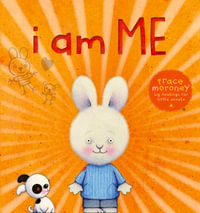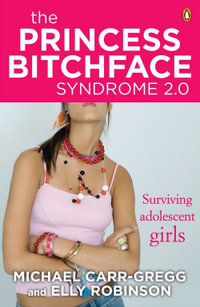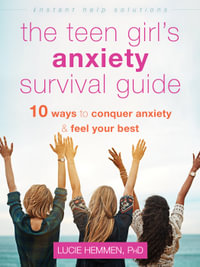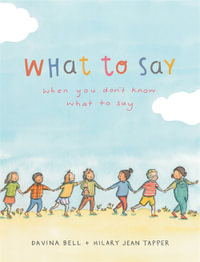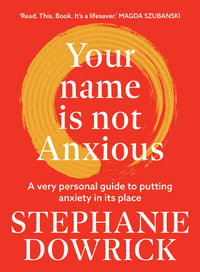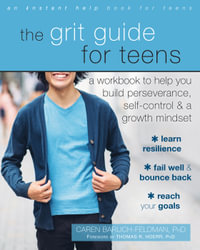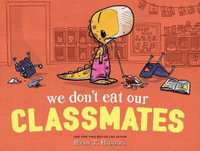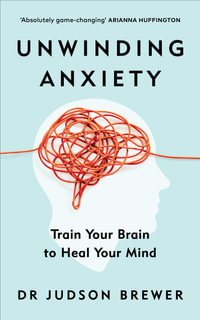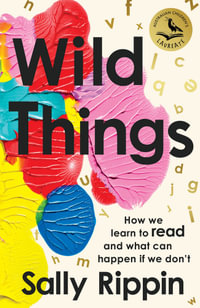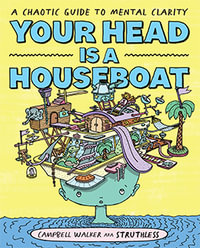Anxiety rates are skyrocketing among young learners—and their teachers need explicit training on how to understand and support these students. A concise, reader-friendly guide written especially for teachers, this urgently needed book will prepare early educators to recognize anxiety issues in children ages 3-8, identify the associated behaviors, and work effectively with students who have anxiety symptoms.
Teachers will start with a well-organized primer on the different types of anxiety in children, featuring symptoms, causes, triggers, treatment options, and case stories. Then theyll get expert guidance on addressing anxiety and challenging behaviors in the classroom, with dedicated chapters on key topics like assessment, intervention, and the parents experience.
Ideal for both preservice and in-service professional development, this introductory guide gives teachers the accessible information they need to understand learners with anxiety and support their success inside and outside the classroom.
TEACHERS WILL:
- Explore seven types of childhood anxiety: generalized anxiety disorder, separation anxiety disorder, social anxiety, selective mutism, OCD, phobias, and anxiety rooted in childhood trauma
- Review the assessment and evaluation process, and understand the role a teacher should play
- Recognize co-morbidities with anxiety—including ADHD, autism, and depression—and how they may affect a childs symptoms and treatment plan
- Understand the issues and emotions parents face, so that teachers can offer them sensitive support
- Use effective classroom interventions to meet the needs of children with anxiety and create a nurturing learning environment
- Learn which strategies to avoid, from unrealistic expectations to excessive reassurance
Industry Reviews
"As someone working in the early childhood space, it is critical that we get resources into the hands of practitioners that are practical, clear and relatable. As a clinician, there is a clear need for a text that addresses anxiety in this format. Addressing Anxiety in Young Learners does just that through its provision of example after example of children and families addressing anxiety. The breakdown of diagnostic criteria, causes, and treatments allows the reader to come away with a very clear sense of what might be happening and how best to proceed. In particular, the idea that we must always be partnering with parents is a powerful message that all need to hear. If you are interested in what to do and not to do, how to discern the subtleties of different anxiety disorders, and how best to proceed, this text will be incredibly helpful in your work.? ? --Neal Horen, Ph.D.


